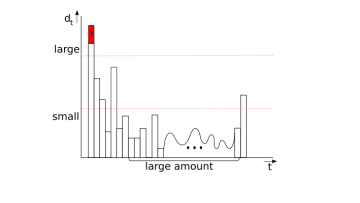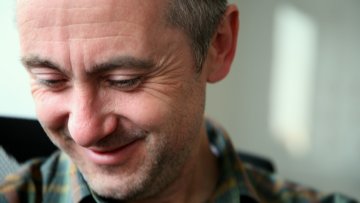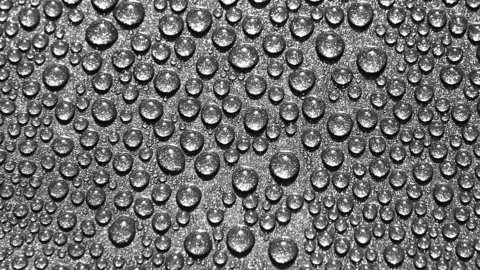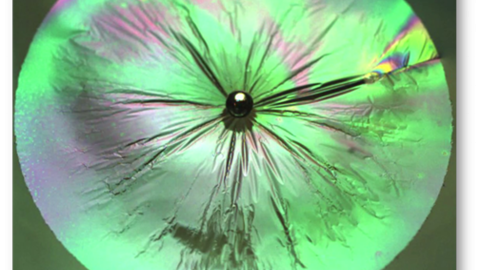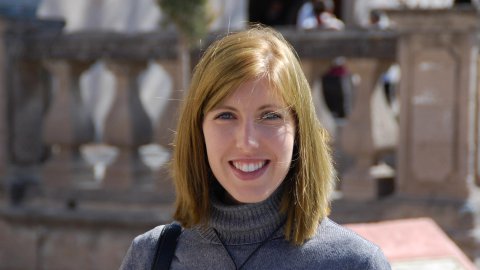16:00
Laplace eigenvalue bounds: the Korevaar method revisited
Abstract
I will give a short survey on classical inequalities for Laplace eigenvalues, tell about related history and questions. I will then discuss the so-called Korevaar method, and new results generalising to higher eigenvalues a number of classical inequalities known for the first Laplace eigenvalue only.


